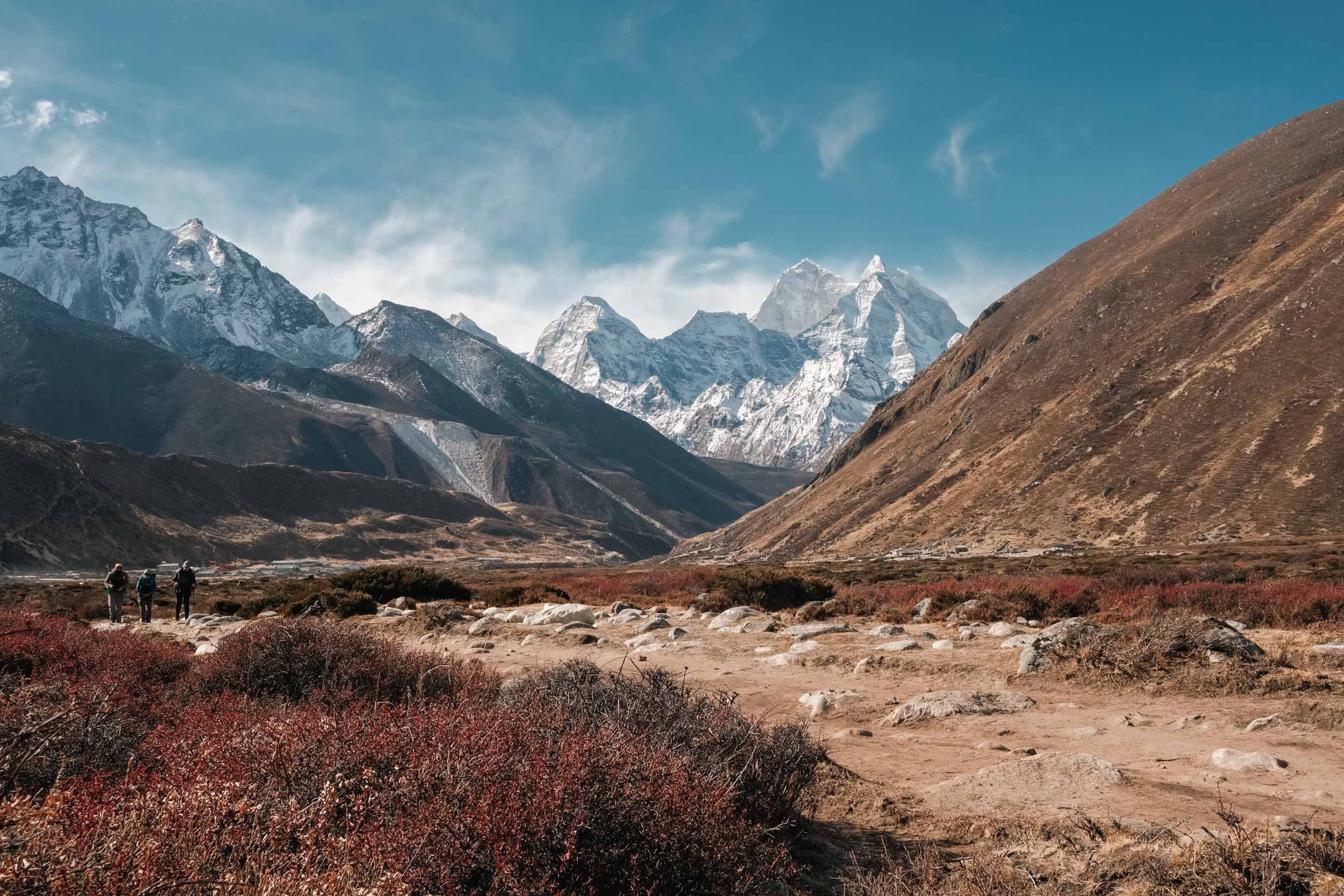
Trip Grades
Choosing the right adventure is key to enjoying your trip—and feeling confident every step of the way. That’s why we use a clear, six-level grading system to help you find the best fit. Whether you’re new to trekking or looking for a serious challenge, there’s something for every experience level.
Each grade is based on a mix of factors including distance, elevation gain, terrain, altitude, and technical difficulty. We’ve designed this system to be transparent, practical, and most of all—helpful in deciding what’s right for you.
Level one - gentle walks & cultural Journeys
These trips are focused on cultural exploration with light walking involved. You’ll walk for up to 4 hours a day on mostly flat or gently undulating terrain. Tracks are generally well-maintained and at low altitude, with limited ascent or descent. Distances are short and the pace is relaxed, with plenty of time for cultural experiences, food, and photography.
This level is ideal if you’re new to adventure travel or want a trip that prioritises immersion over exertion. No technical skills or specialist gear are needed—just comfortable walking shoes, a bit of stamina, and a sense of curiosity.
Level two - introductory trekking
These trips involve 4–6 hours of walking per day over moderate distances, with some ascent and descent along the way. Terrain may include well-trodden trails, farm tracks, or rocky paths, but it generally remains straightforward and non-technical. Daily elevation gain is usually limited to around 300–500m, and altitudes typically stay below 3,000m.
You’ll need a reasonable base level of fitness and be comfortable being active for several hours at a time. These trips are great for first-time trekkers or those returning to hiking and wanting something accessible yet rewarding. Regular hill walking in the run-up to your trip will help.
Level three - moderate trekking
These are full trekking days, generally involving 5–7 hours on the trail with sustained elevation gain and descent—typically 500–800m per day. Expect some uneven, rocky, or steep terrain. The route may involve exposed or narrow paths, and altitudes can reach up to 3,500m.
Good fitness and hiking experience are important at this level. You’ll be carrying a daypack with your own gear and walking on consecutive days, so stamina is key. If you’re confident hiking in the hills for a full day and enjoy a physical challenge, this is likely the level for you.
Level four - Challenging trekking
You’ll be walking for 6–8 hours a day over more demanding terrain with daily elevation gains often over 800m. These trips may include long, sustained ascents and descents, high passes, and rocky or remote trails. Altitudes can reach up to 4,500m, with some rest or acclimatisation days built in.
This level requires a solid level of cardiovascular fitness, good balance and coordination, and experience hiking on consecutive days in mountainous environments. These treks are physically and mentally demanding, but highly rewarding for those ready to push themselves.
Level five - Strenuous expedition
Expect long trekking days of 7–10 hours with significant elevation gain and loss—often over 1,000m per day—and sustained movement over rough, steep, or exposed terrain. Altitudes may reach 5,500m and the environment may be remote or exposed to harsh conditions. Camping or basic accommodations are typical.
This level is for experienced trekkers with a high degree of fitness and confidence in mountain environments. You’ll need to be comfortable hiking for several days in a row, carrying a daypack, and coping with fatigue, weather changes, and thin air at altitude.
Level six - Tough & Technical expedition
These are high-level expeditions for seasoned adventurers. Expect long, technical days in high mountain environments—often 8–10 hours or more, over rugged terrain at elevations exceeding 5,500m. You may be using mountaineering equipment such as crampons, ice axe, or harness. Terrain can include snow, scree, glaciers, and fixed ropes. Camping in remote locations is standard.
Participants must have excellent fitness, prior experience at altitude, and be confident in their ability to operate in challenging, unpredictable environments. This level may require additional training or previous expedition experience.
